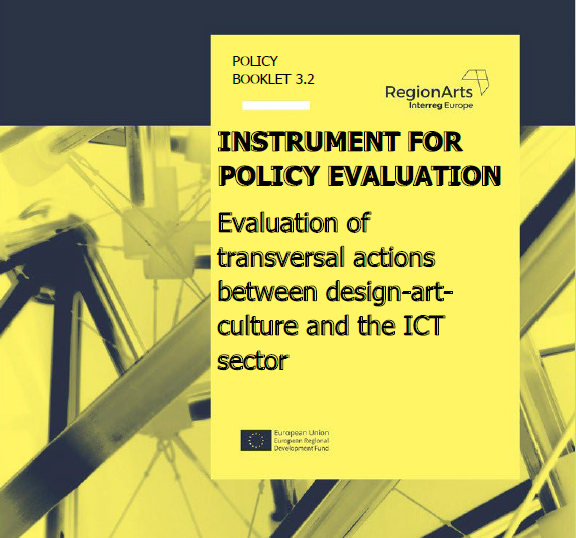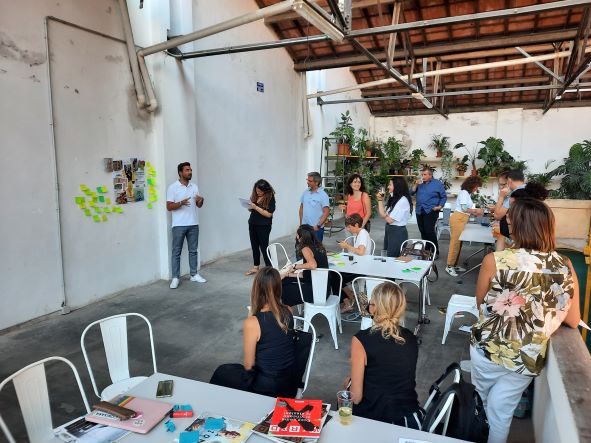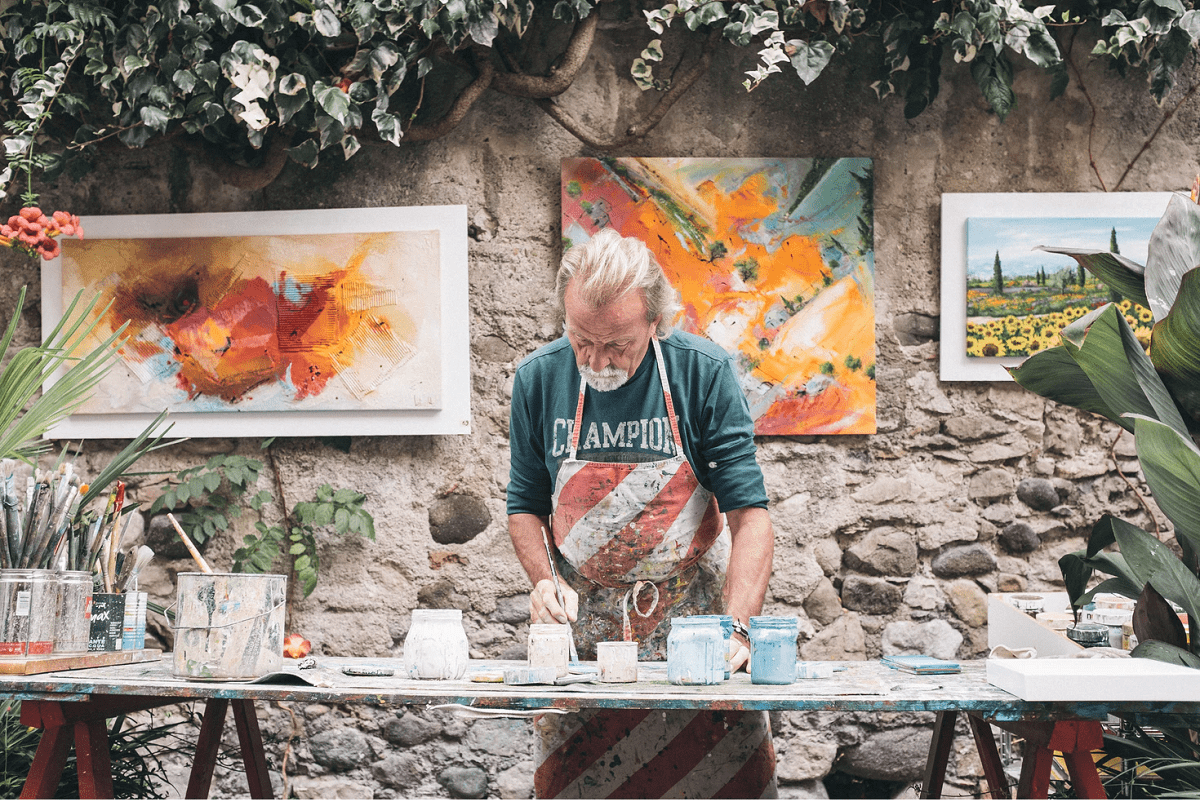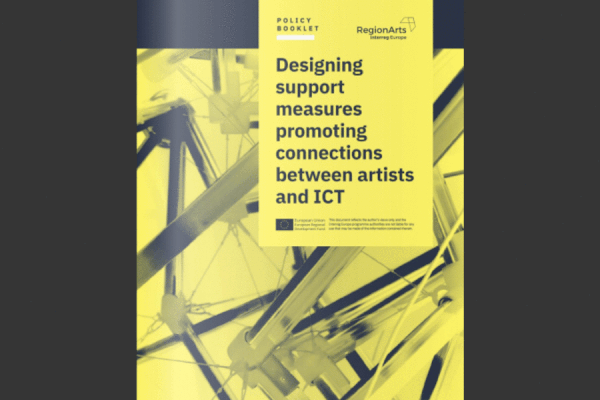Do architecture and well-being go hand in hand for you - in your home, at your workplace, in your free time? According to the architectural historian Mohammad Gharipour “When you consider a more holistic definition of health—its physical, mental, social, and emotional aspects—you realize how significantly urban designs have been impacted,”.
There’s proof that, long before COVID-19, building designs responded to the health concerns of the time. Most recently, early Modernist architects embraced glass, clean lines, and access to outdoor space—believing that light and air were the best treatments for tuberculosis. But, says Gharipour, the idea of designing for well-being stretches back to the very first buildings themselves.

The Peninsula Estate in Porto Cervo, Sardinia, Italy
“In Europe, the Ancient Greeks put emphasis on social, and therefore emotional, health in their designs. The Romans then took urban infrastructure more seriously—for example, by finding ways to deliver healthy water and sanitation to their citizens. It’s an approach you’ll see in the history of almost every culture.
“One of the best examples in architecture is hospital design,” he continues. “Hospitals went through major changes during and after crises, as societies realized they needed to enhance the health infrastructure within cities.”
Short-Term Shifts
So how will this health crisis affect current architectural design? “Before the pandemic, the economy was humming along and people were working hard, so the focus of our designs was on providing ways for them to disconnect,” says Adam Winig, architect and co-owner of California-based design firm Arcsine. “But a lot of that was indoors, and the way we approached spacing was totally different. Now, the biggest change is that people want to incorporate an even greater sense of well-being along with an increased sense of sanitary safety.”
New Approaches
The approach people take inevitably varies across cultures, as David T’Kint, the Dubai-based partner of global design firm HBA, points out. “Here in the Middle East, residential design often incorporates two separate sections of a house: a private space for close family, and a public space for entertaining, with separate points of access to each. I believe we might start seeing more of this further afield, as people look for greater control of hygiene.”
“When you look at the public spaces in hospitality, one of the first things to come to mind is the lobby,” he says. “Traditionally, the hotel lobby is a grand space, empty except for a reception desk on one side and concierge on the other. Over time, it’s evolved to be a social gathering space. Now, it may become more of a transitional space, with someone there to meet you instead of a reception desk and the technology to check-in online.”
“Although we have to keep in mind that human beings exist through interactions with others,” T’Kint adds. “As designers, we’re going to have to be creative in how we sculpt these spaces to create semi-private areas that still have interactive elements.”
The Future?
Health has often stimulated critical reflections and experimental proposals within the architectural discipline. If we consider the works of Alvar Aalto, Franco Albini, Ignazio Gardella and the theories of Le Corbusier, we can found that special attention has been given to psychological and physical well-being. Therefore, we can say that topics concerning health have always been inspiring and stimulating technological innovation of both products and processes at different scales: territorial and urban development projects as well as architectural and interior design.
With COVID-19, a lot of design is based around temporary solutions, such as partitions and creating social distance within existing spaces. But this is also the chance to shift towards other solutions and discover the new potential relationship between Architecture and Engineering.












